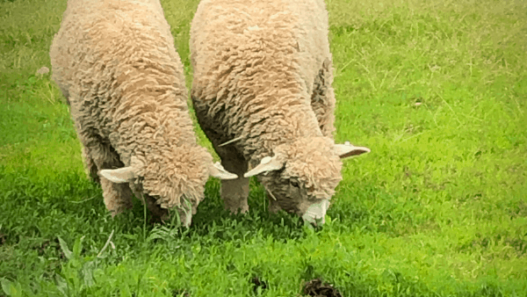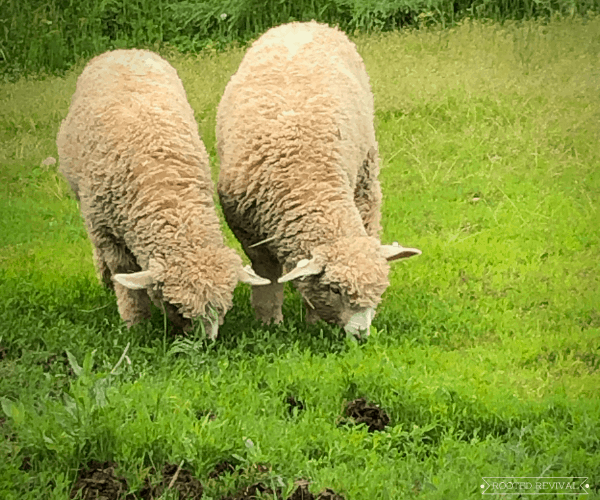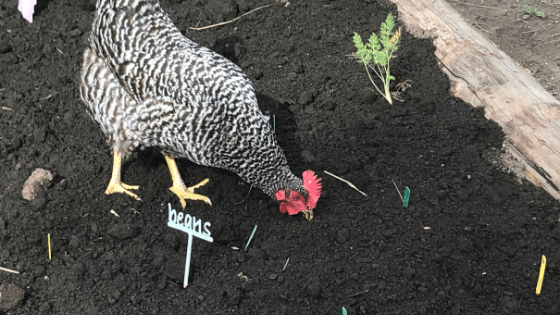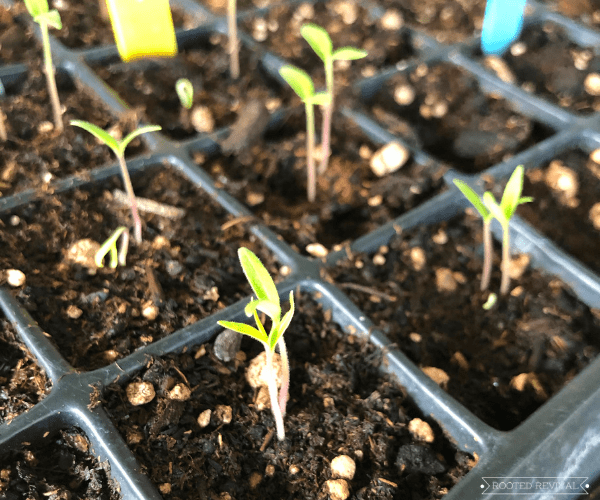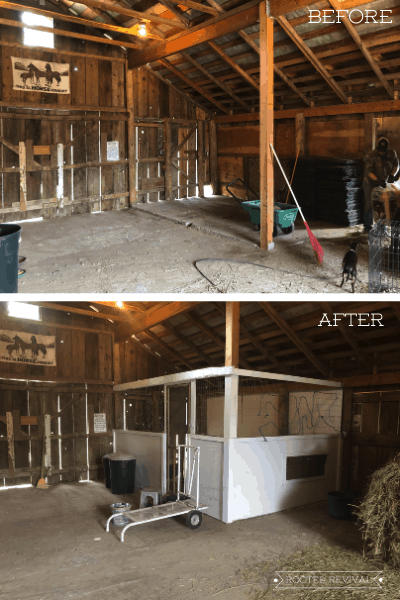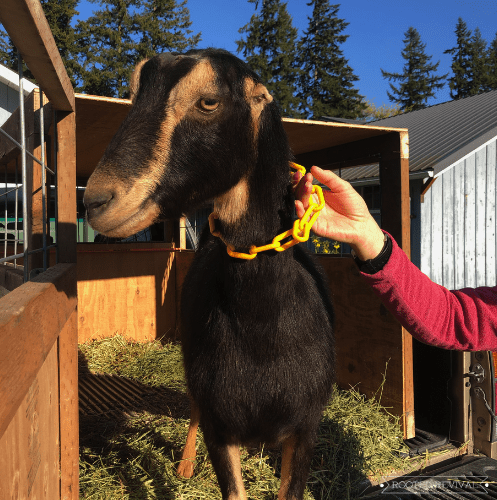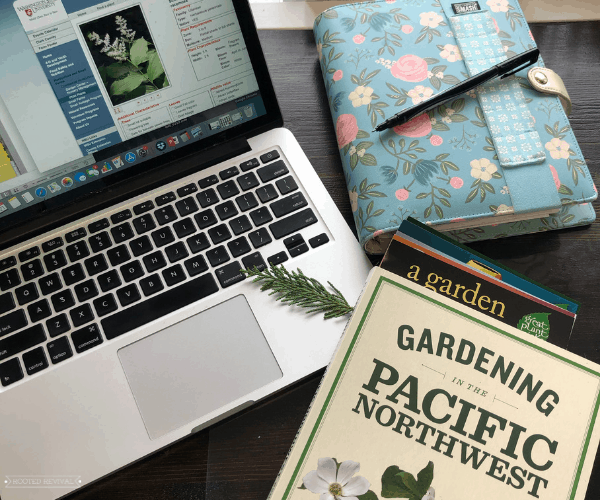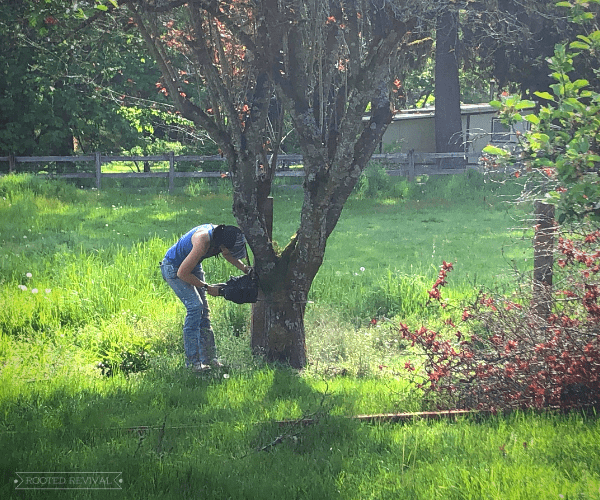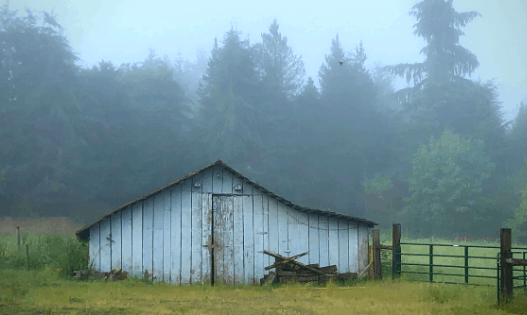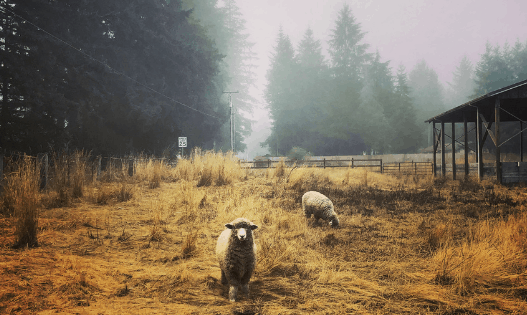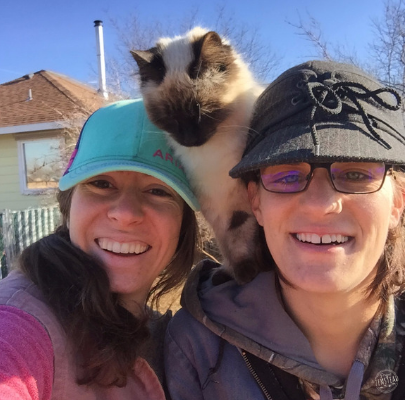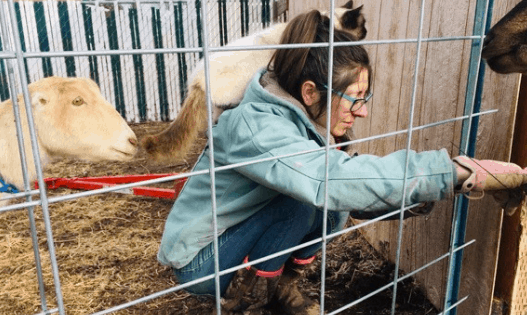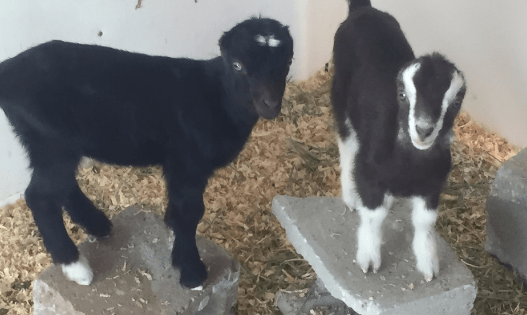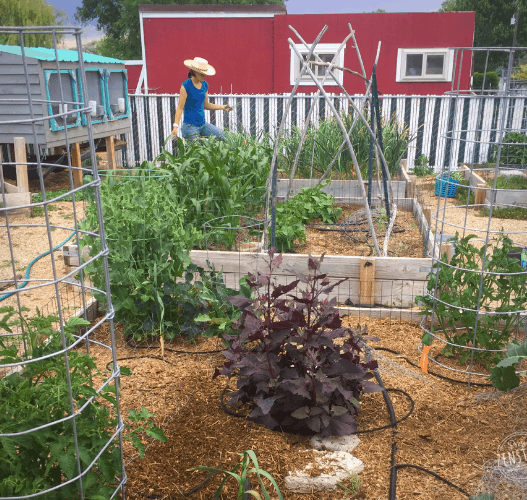Behind the Scenes: April & May 2020 – A quick recap of some of the homestead happenings that occurred this month, including our new goat, sheep, chicken coop and garden spaces!
April and May are always crazy busy months on a homestead – but they are even busier on a new homestead!
We have been SWAMPED with projects! And we love every minute of it! But, dang! At some point, these girls are gonna need a nap!
But it is pretty amazing to start seeing our dreams take place on a brand new property! And I am so grateful that we have the resources we have during this truly strange time of pandemic. It’s such a relief to have these skills and to be able to be so resourceful. It honestly feels like our life and habits haven’t changed much at all!
Let’s take a quick peek at some of the major projects we’ve been working on over the past few months!
April 2020 Happenings:
Seed Starting:
Despite not having any proper plans for our future garden space, I went ahead and started a bunch of seeds! It’s only a small fraction of the seeds that I normally start. This obviously stressed me out a bit regarding our winter food supply. But I’m reminding myself that Rome wasn’t built in a day! If we get a bit of produce, I will take that as a win and be kind to myself about it!
Chicken Coop Barn Renovation:
When we moved, we didn’t have a clear idea of where the chickens would live. After a lot of debate about whether we should build a proper coop or not, we decided that it would be most efficient to build a coop area inside the livestock barn.
We are so lucky to have a large barn on our new property! Being able to house all the animals, their feed and our supplies in one location has been a huge timesaver! It makes chore time so much faster and easier than what we used to do!
Currently, the chicken coop in the barn is working well! We do need to make a few modifications and extend the wire to the roof. Currently, the chickens like to sleep with the goats. So we need to work on getting them used to sleeping in the coop instead. But, the coop is a great space! We will even have room for a brooder in it if we have chicks. And the best part is that we built it almost entirely from materials that were already on hand!
Rebuilding our Dairy Goat Herd:
Before we moved, we largely downsized our goat herd, retaining just two does. We also didn’t breed our goats last fall since we knew we knew there was a possibility of moving. Now, we have the opportunity to be very intentional about rebuilding our herd. We want to keep it small: no more than 5 does and 2 bucks. Plus, this is a great opportunity to introduce some great new genetics to our small herd!
In April, we took a beautiful drive through the Olympic Peninsula up to Lucky Star Farm to pick up our new doe, Kiera. We are so excited to add these wonderful genetics to our herd! She is amazingly sweet and the most social goat I’ve ever met! Best of all, she is in milk which means that we can once again add all sorts of wonderful homemade raw dairy products back into our diets! This was an especially welcome addition during the middle of the COVID pandemic! It’s amazing how much more self-sufficient I feel when we can produce our own dairy products!
May 2020 Happenings:
PDC:
In April, I took the plunge and started the online 10-week Permaculture Design Certification Course from Oregon State University. Getting my PDC has been a dream of mine for a long time. Since I’m not working one or more formal jobs for the first time in my adult life, I decided it was the perfect time to make that dream a reality!
During the course, you learn all the basics of the Permaculture design process and apply them first-hand to a design site. Obviously, I used our new property as my design site. It’s been amazing because it forced me to take a deep dive into the details of planning out our property in a way that I would have never done on my own.
This course took up a lot of my time in April, May and the beginning of June! But it was 110% worth every minute invested! I can honestly say that if I hadn’t taken this course, I would have been doing myself and our property a huge disservice. There are so many distractions in life that if I hadn’t taken this course, I wouldn’t have invested the same effort into fully assessing and creating a thorough plan for our property. It also greatly enhanced my understanding of permaculture principles and how to design sites for resilience. I highly recommend this course to anyone who wants to take a deep dive into using the permaculture method for their property. And, no, I’m not being paid to say that! ?
Garden Area Development:
Once I had a more solid property layout plan in place (thanks to my PDC coursework!), we were able to start developing the garden area. Which is good, because my seedlings were already getting pretty big! Plus, I was starting to stress about where to put them!
But, I’m going to let you in on a little secret about homestead projects: there’s always about 10 zillion steps you have to complete before you can begin the actual project! And that was certainly true for our garden area! I will work on writing up a full post soon about the whole process for those of you who are interested.
To begin, we had to adjust and place several new gates, finish cross-fencing the area to keep the chickens out, remove three big half-dead trees, and mow down the tall grass. Once the site was prepped (which took a couple weeks), we were able to begin building our new garden beds out of repurposed cedar logs. These raised beds will be used for our annual veggie crops like tomatoes, cucumbers and squash. Eventually, these beds will be surrounded on one side by a pollinator/cut flower garden and a perennial food forest on the other side. But, those are projects for the future!
By the end of May, we had the area planned out, measured, prepped, fenced and even had 8 garden beds built and filled with soil! To say this was quite the feat is an understatement! It felt amazing to watch the space transform! And I am so excited to be able to develop my own garden from the ground up for the first time!
We became shepherds!
When we lived in Idaho (the high desert), we always struggled with getting our pasture into production. It was a constant battle to get the grass to grow! Ultimately, we just didn’t have a good enough irrigation system to get the pasture established.
But we quickly realized that won’t be the situation here in Washington! We are so lucky to have a property with established pastureland! It’s a bit weedy, but we will deal with that soon enough. For now, I’m grateful to have grass and water constantly falling from the sky to water it!
However, we also realized we would need to find a solution to keep the pasture maintained because it grows so fast! A tractor to cut the grass would be a financial strain for us right now. Plus, we far prefer more natural and less disruptive methods since we only have about 2 acres. I have plans to properly fence the pasture into several smaller pens to allow rotational grazing in the future. However, we needed to do something fast to keep up with the quickly growing pasture.
Our solution: sheep!
We bought two ewes with the intent of letting them mow the pasture during the spring, summer and fall. Then, we planned to have them processed in the late fall to provide extra food for winter. However, they are really earning their keep! It only took them about 1 week to eat down the small pen (about 1600 sq. ft.) that we created for them to begin with. They are a very nice contrast to the goats since the goats are browsers and sheep are grazers. They do a great job cleaning up the areas the goats won’t eat and vice versa. Plus, they are much cuter and more friendly than I was expecting! So they may just become permanent pasture mowers… we’ll see!
What has been happening at your home and homestead over the past few months? Let us know in the comments!
